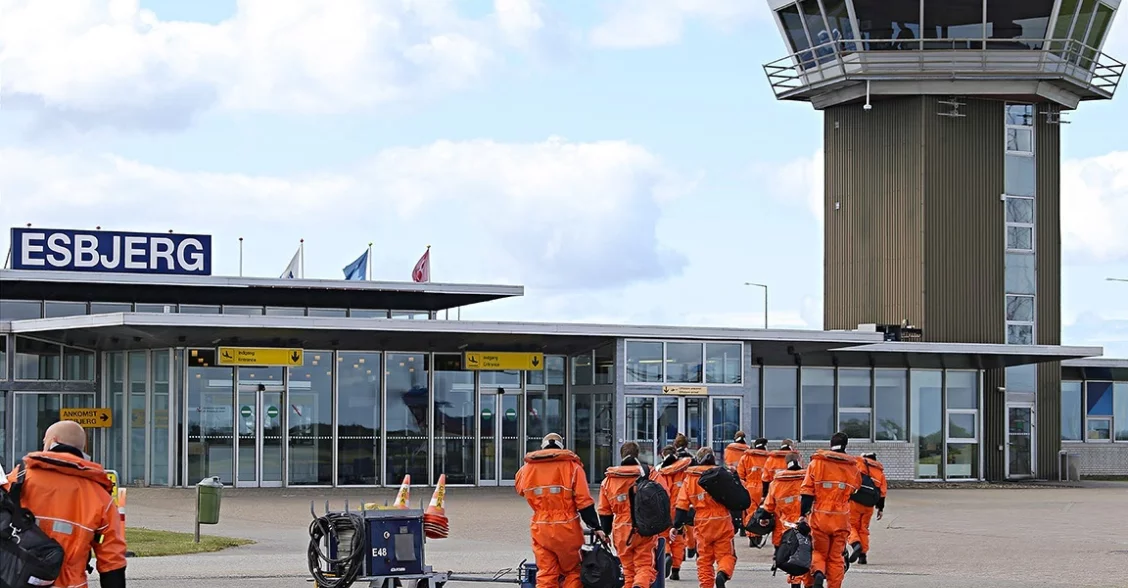An otherwise closed route to Stavanger has reopened, and a new destination has been added to Esbjerg Airport’s route map. Esbjerg Airport is keeping a close eye on the rapid developments at Port Esbjerg, as an upsurge in the wind industry has created demand for transporting offshore personnel between the two energy centres.
In March this year, the Danish carrier Danish Air Transport closed the route from Esbjerg to Stavanger in Norway after 26 years. However, due to strong demand from the business community in Esbjerg, including from companies based at Port Esbjerg, Esbjerg Airport has now arranged with a new operator to bring back the service to Stavanger.
The core business at Esbjerg Airport is to accommodate travellers in the maritime and wind energy industries, for example when North Sea operators need to send their staff offshore in connection with crew changes. Growth in the wind industry has increased that need.
Late last year, Esbjerg Airport opened a new route to the Humberside energy hub in the UK.
“We want to provide our services where there’s demand, so we keep an eye on developments at the port and stay in close contact with the companies located there. That enables us to respond to demand both when it arises and for the longer term, especially when it comes to activities within wind and offshore,” says Susanne Kruse Sørensen, Airport Manager at Esbjerg Airport.
She points out that the green transition in the North Sea has led to closer partnerships between ports and airports.
At Port Esbjerg, they are also excited about the new route to Humberside and the reopened route to Stavanger.
“We’re very pleased that our customers at the port and others will now have better opportunities for travelling to Humberside and Stavanger. It’ll enable us to drive much stronger benefits from the locations of our three energy cities,” says Port Esbjerg CCO Jesper Bank, and he adds:
“It’s interesting that within the past twenty years, developments in the wind industry have come to resemble the way oil/gas developed in the past.”
Go to overview

